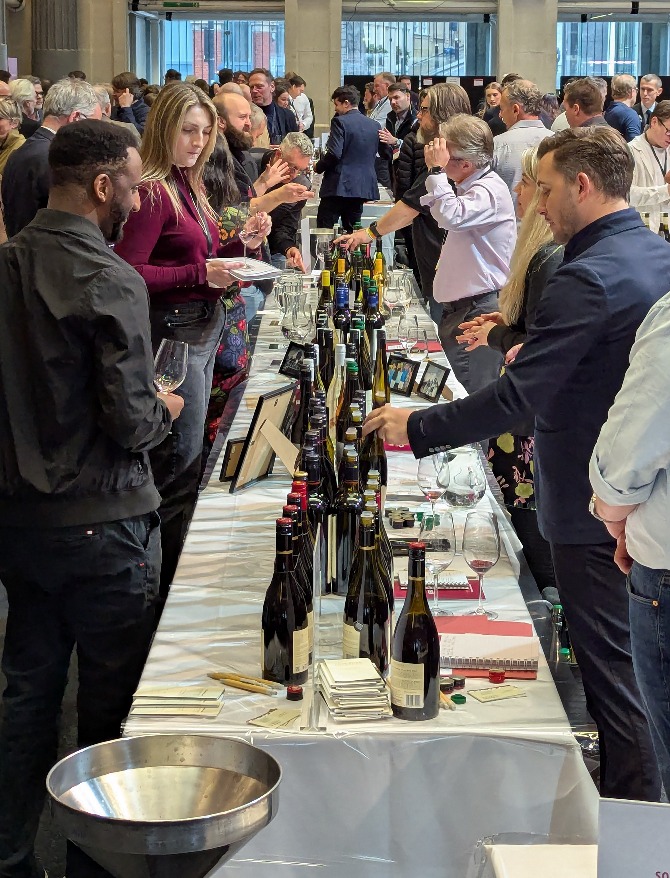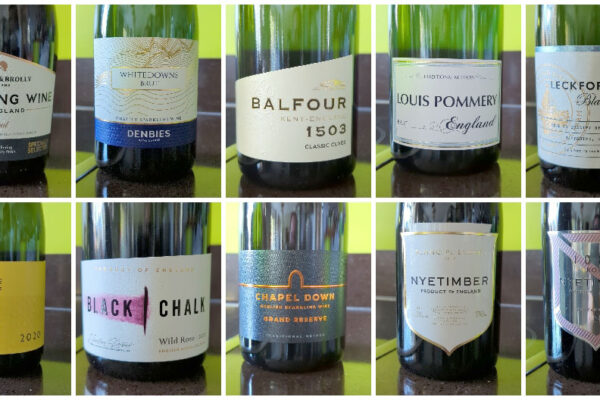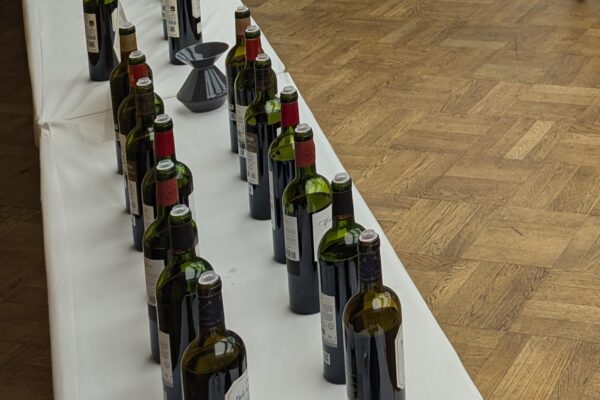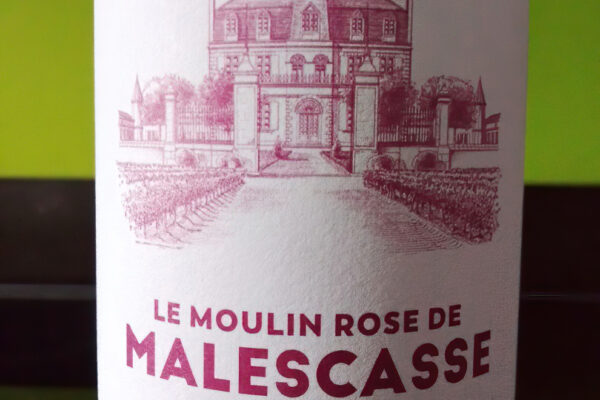The Hallgarten & Novum Annual Portfolio Tasting was held in January 2025 at the iconic Old Billingsgate in London. The choice of a new, expansive venue symbolised the company’s fresh direction, described by Hallgarten as “Our Next Chapter”. This event marked a pivotal moment for one of the UK’s leading wine distributors, reflecting its growth and transformation.
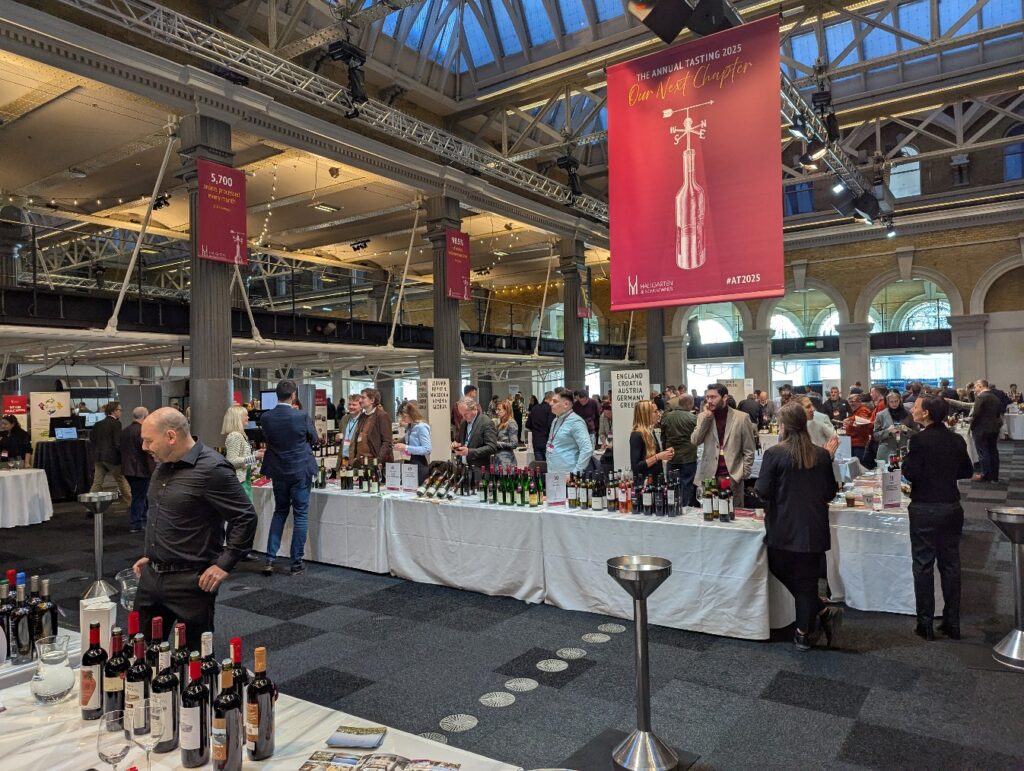
Founded in 1933, Hallgarten & Novum Wines has long been a cornerstone of the UK’s wine trade, specialising in premium wines for both the hospitality sector (on-trade) and retail outlets (off-trade). Notably, around 70% of its business is rooted in the premium on-trade market, where it supplies Michelin-starred restaurants, boutique hotels and gastropubs.
The last year has brought significant changes for the company. In January 2024, Hallgarten was acquired by Coterie Holdings, concluding over 50 years of Pieroth family ownership. This acquisition brought Hallgarten into Coterie’s broader portfolio, which includes wine merchants Lay & Wheeler, fine wine storage and logistics provider Coterie Vaults and valuation specialist Jera.
Since the acquisition, the company has expanded significantly, adding 30 new team members, 30 new producers and an impressive 300 new wines to its portfolio. These developments were on full display at the tasting, with a large number of 1,006 wines presented. While it was impossible to sample even a significant fraction of the selection, the diversity and quality of offerings were clear.
Approaching the tasting with a prepared list of wines was essential, though diverging from it to explore new discoveries was part of the experience. The guide provided trade prices, which can vary significantly by the time they reach hospitality or retail customers. To offer an indication of affordability, I am using a simple price guidance system (from £ to ££££££), though checking current prices online remains the best approach, as availability and pricing change over time.
Here’s what I was most impressed with:
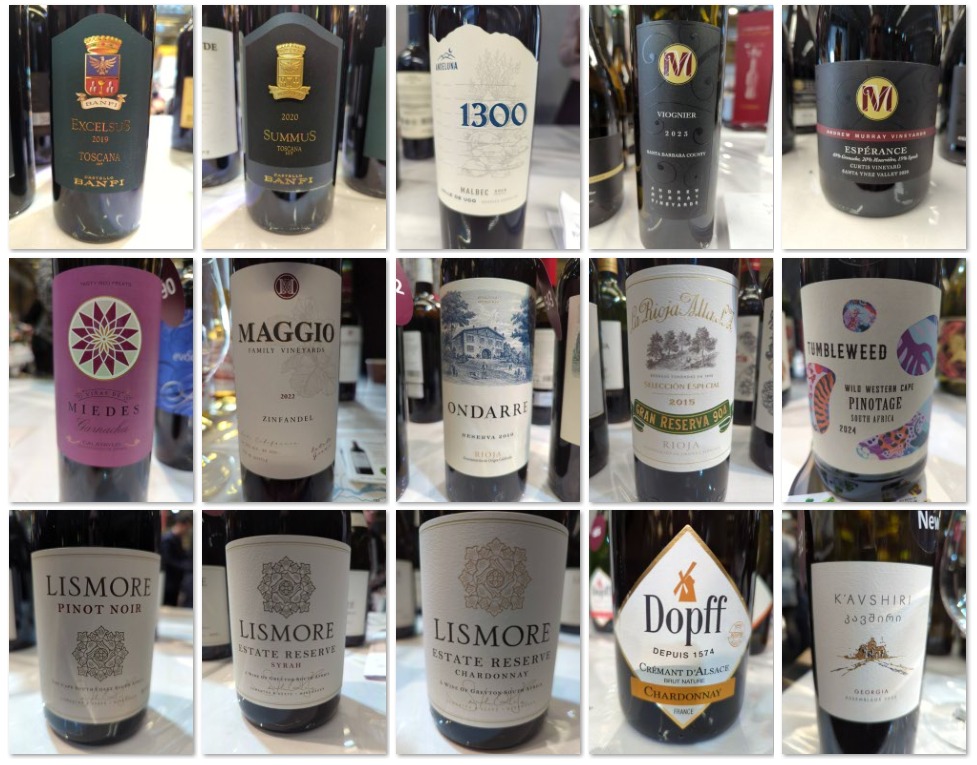
Banfi Excelsus Rosso, Toscana 2019
14.5% | Italy | Red | Cabernet, Merlot | £££££
A Super Tuscan with vibrant notes of red fruit, spices, tobacco, and coffee. It has a rich mouthfeel and an impressive, long finish.
Banfi Summus Toscana 2020
14.5% | Italy | Red | Cabernet, Merlot, Syrah | £££££
Another standout Super Tuscan. Its friendly tannins and seamless integration make it a pleasure to drink.
Andeluna Malbec 1300 2023
13.5% | Argentina | Red | 100% Malbec | £
From vineyards in Tupungato at 1,300 metres, this Malbec is bursting with ripe red fruit, strawberry, and deep blackberry flavours. Fruity, floral and superb value.
Andrew Murray Viognier 2023
13.5% | USA | White | 100% Viognier | ££
Delicate floral notes enhanced by honey and citrus aromas. Richly viscous and exceptionally flavoursome, one of the best whites of the tasting.
Andrew Murray ‘Esperance’ 2020
14.5% | USA | Red | Grenache 65%, Mourvèdre 20%, Syrah 15% | £££
Medium-bodied with flavours of ripe strawberries, black cherries and raspberries. Delicate yet brimming with flavour.
Bodegas San Alejandro Garnacha ‘Vinas de Miedes’ 2022
14.5% | Spain | Red | 100% Garnacha | £
Juicy raspberry aromas balanced with mineral, herbal and vanilla notes. Easy drinking and a great value find.
Oak Ridge Winery Old Vines Maggio Zinfandel Lodi 2022
14.5% | USA | Red | 85% Zinfandel, 15% Petite Sirah | £
A more delicate, medium-bodied Zinfandel with lighter fruit and spice notes. Low residual sugar and excellent value.
Ondarre Rioja Reserva 2019
13.5% | Spain | Red | 90% Tempranillo, 10% Mazuelo | £
Smooth and velvety with blackberry, cherry, plum and hints of cedar and tobacco. Exceptional value for the price.
La Rioja Alta Gran Reserva 904 2015
14.5% | Spain | Red | 89% Tempranillo, 11% Graciano | ££££££
A benchmark Rioja with legendary status. Needs no description, outstanding in every way.
Tumbleweed Pinotage 2024
13.5% | South Africa | Red | 100% Pinotage | £
Less smoky than usual for Pinotage, with great fruit character. Unique and exceptional value.
Lismore Pinot Noir 2021
13.5% | South Africa | Red | 100% Pinot Noir | £££
Oxidative in style, this wine shows an aromatic bouquet of rose petals, jasmin, and herbal notes, complemented by cranberry and raspberry flavours and very savoury.
Lismore Syrah Estate Reserve 2021
12% | South Africa | Red | 100% Syrah | £££££
The highlight of the tasting and possibly the best Syrah I have yet sampled. Intense blackberries, dark plums, and liquorice with extraordinary depth. The wine I went back to at the end of the tasting for a second try.
Lismore Chardonnay Estate Reserve 2021
12% | South Africa | White | 100% Chardonnay | ££££
Barrel-fermented with layers of citrus, soft fruits, honey and vanilla. A wonderfully made Chardonnay.
Dopff Au Moulin Cremant D’Alsace Chardonnay 2020
12.5% | France | Sparkling | 100% Chardonnay | ££
Made in the Champagne method, this sparkling wine features fruit aromas, a hint of smoke and a deep brioche flavour. Exceptional value and a standout that could be mistaken for Champagne.
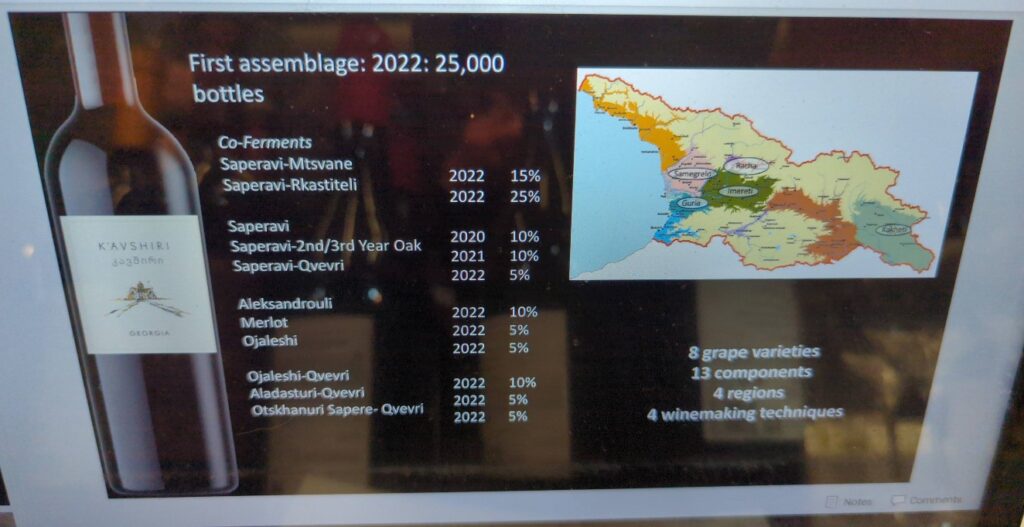
K’Avshiri Assemblage Red
13.5% | Georgia | NV | Blend of 8 grape varieties | ££
A unique blend showcasing Saperavi’s Cabernet-like taste, enhanced by mouthfeel and complexity. A different and unexpected delight.
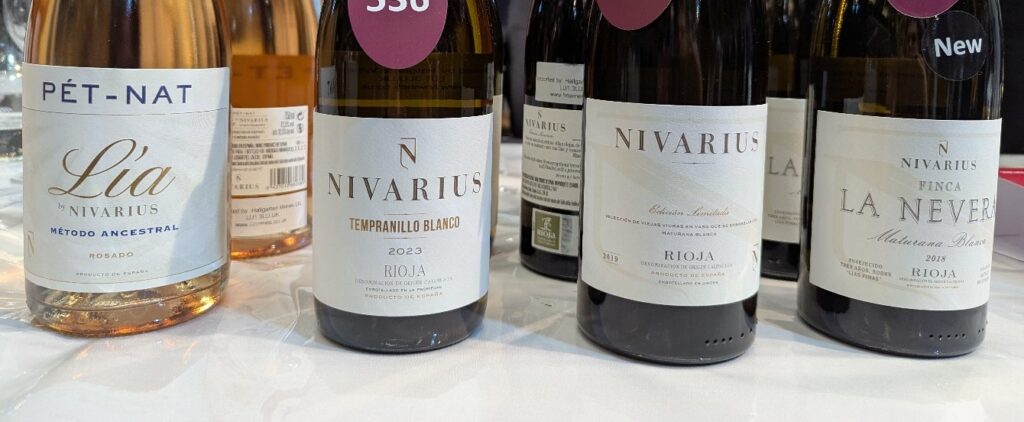
Nivarius White Riojas
Spain | Various styles | £
These wines defied expectations of white Rioja because the more affordable ones can sometimes be a bit underwhelming. These deliver stone fruit aromas and full, rich flavours. The ‘Lia’ Pet Nat Rosado 2022 was also a standout with vibrant character.
I approached the tasting with a list of wines to try, which meant I didn’t spend much time consulting the tasting booklet or considering prices. In the end, the wines I enjoyed the most tended to fall at either end of the pricing spectrum, some were exceptionally affordable, while others were undeniably premium. Afterwards, it struck me as unusual how few wines landed in the middle ground.
Reflecting on Hallgarten & Novum’s wines and pricing, it seems their portfolio aligns with this polarised trend. Many wines cater either to the mass market, where affordability is key, or to luxury venues, where price is less of a concern. The intermediate category appears to be a more challenging market, perhaps less viable for producers and harder to position within both the mass market and luxury sectors.
